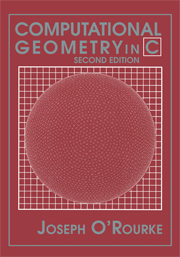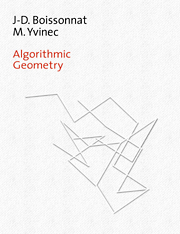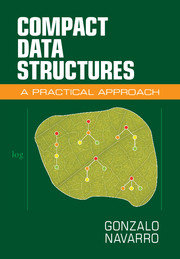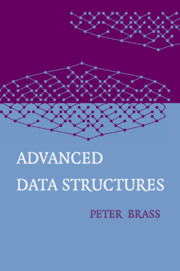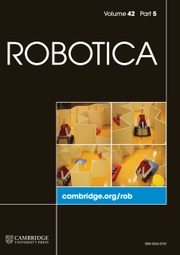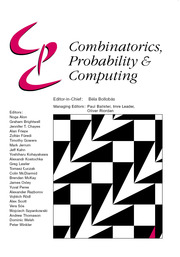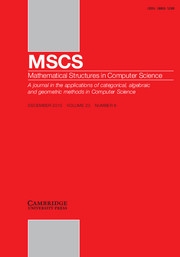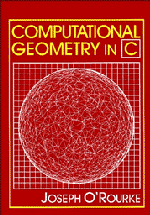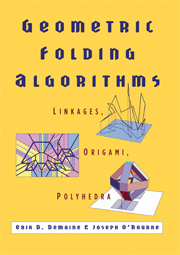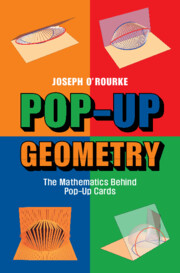Computational Geometry in C
This is the newly revised and expanded edition of the popular introduction to the design and implementation of geometry algorithms arising in areas such as computer graphics, robotics, and engineering design. The second edition contains material on several new topics, such as randomized algorithms for polygon triangulation, planar point location, 3D convex hull construction, intersection algorithms for ray-segment and ray-triangle, and point-in-polyhedron. A new "Sources" chapter points to supplemental literature for readers needing more information on any topic. A novel aspect is the inclusion of working C code for many of the algorithms, with discussion of practical implementation issues. The self-contained treatment presumes only an elementary knowledge of mathematics, but reaches topics on the frontier of current research, making it a useful reference for practitioners at all levels. The code in this new edition is significantly improved from the first edition, and four new routines are included. Java versions for this new edition are also available. All code is accessible from the book's Web site (http://cs.smith.edu/~orourke/) or by anonymous ftp.
- Clear explanations, suitable for the novice; classroom tested; many student projects can be built on the provided code
- Includes working C code producing Postscript output, also available on the web in Java. All code is significantly improved from first edition, with four completely new routines
- 40 new exercises bringing total to 270, 28 new figures and a new annotated further reading list
Reviews & endorsements
"This is an applied approach to fundamental concepts in computational geometry and should be read by every serious practitioner....From a pedagogical point of view, this book is an excellent choice for both undergraduate classes (perhaps with more emphasis on the implementations) and graduate classes (considering a number of the exercises) because of the extensive exercises that review, explore details, and encourage further reading." Computing Reviews
"Conveys the feeling that computational geometry is interesting, exciting, important, and very active." SIGACT News
"Anyone who wants to know what this field is all about should read this book!...a pleasure to read, as questions that arise naturally in the reader's mind are answered, in almost all cases, in the following paragraph. The style strikes an ideal balance between rigor and informality. Mr. O'Rourke must be a wonderful teacher and I envy his students." Siam Review
"...the book is an excellent basis for a course on computational geometry; many interesting exercises and hints for further reading give suitable guidance for teachers and for students." Mathematical Reviews
Product details
August 2013Adobe eBook Reader
9781107266476
0 pages
0kg
259 b/w illus. 270 exercises
This ISBN is for an eBook version which is distributed on our behalf by a third party.
Table of Contents
- 1. Polygon triangulation
- 2. Polygon partitioning
- 3. Convex hulls in two dimensions
- 4. Convex hulls in three dimensions
- 5. Voronoi diagrams
- 6. Arrangements
- 7. Search and intersection
- 8. Motion planning
- 9. Sources.

